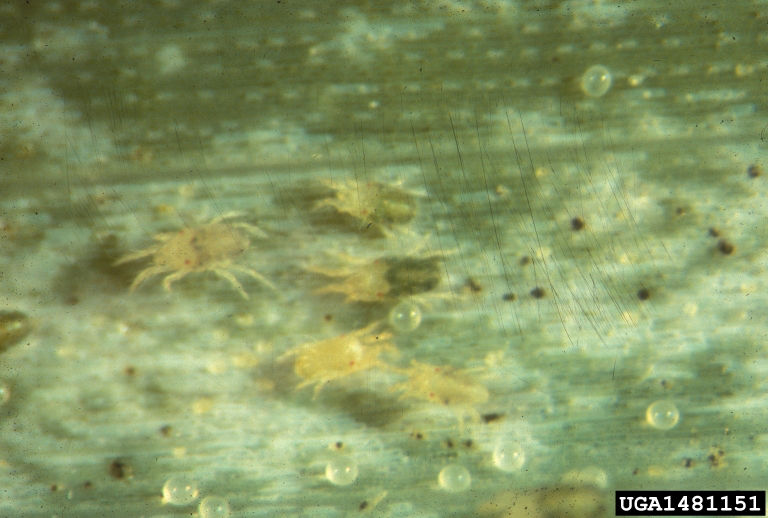
Hello everyone. I hope the wheat harvest went well for you all. Every year I often wonder what kind of spider mite season we will have. I did some looking into this and found some of the following factors that affect spider mite severity:
1. Weather Conditions
Weather plays a critical role in spider mite population dynamics.
- Hot, Dry Conditions: Spider mites thrive in hot, dry weather. Temperatures above 85°F with low humidity promote rapid reproduction, often leading to exponential population growth.
- Rain and Humidity: Wet and humid conditions help suppress mite populations. Rain can wash mites off plants and encourage fungal pathogens that naturally regulate their numbers.
2. Natural Predators
Biological control is an important, often overlooked factor.
- Predatory Mites and Insects: Predators like Phytoseiulus persimilis (predatory mites), lady beetles, lacewings, and minute pirate bugs feed on spider mites.
- Pesticide Use: Broad-spectrum insecticides can kill beneficial predators, which may unintentionally allow spider mite populations to explode in the absence of natural control.
3. Crop Stress and Health
Stressed corn plants are more susceptible to mite damage.
- Drought Stress: When corn lacks adequate water, it becomes more vulnerable to feeding damage and less capable of compensating for mite injury.
- Nutrient Deficiencies: Poorly nourished plants are less resilient to pest pressure, which can lead to more severe infestations.
4. Nearby Hosts and Overwintering Sites
Spider mites often build up on other vegetation before moving into cornfields.
- Edge Effect: Mites may migrate from weedy field edges, roadsides, or alfalfa into corn.
- Cover Crops and Alternate Hosts: Certain weeds or cover crops can harbor spider mites early in the season, especially if nearby crops are terminated or harvested.
5. Time of Infestation
The timing of spider mite arrival can affect the extent of the damage.

- Early-Season Infestations: If mites establish in corn during early vegetative stages, damage potential is much greater, as they have more time to reproduce and affect critical growth periods.
- Late-Season Infestations: Later infestations may cause less yield loss but can still reduce grain fill and plant health if severe.
6. Corn Hybrid Selection and Resistance
Some hybrids tolerate or resist mite feeding better than others.
- Leaf Structure and Waxy Coatings: Some hybrids have traits that make it harder for mites to colonize or feed.
- Stress Tolerance: Varieties bred for drought resistance or stronger root systems may withstand mite injury more effectively.
7. Field Management and Scouting
Vigilant monitoring and responsive management make a difference.

- Regular Scouting: Early detection of mite hotspots allows for targeted interventions before populations explode.
- Threshold-Based Treatments: Applying miticides based on economic thresholds helps protect yields while minimizing unnecessary chemical use.
Spider mite severity in corn is not the result of a single factor but a combination of weather, biological interactions, plant health, and field management practices. By staying informed and proactive, corn growers can minimize the damage from these persistent pests and preserve their crop’s productivity.
With all that is going on this time of year, please be safe.

Leave a Reply